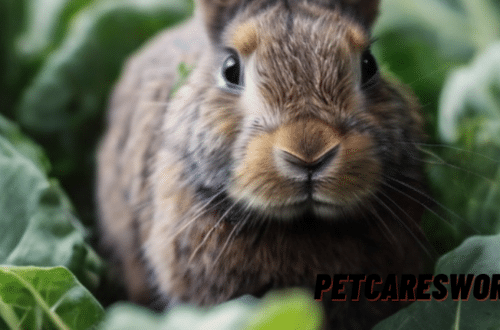Tanning a rabbit hide is a skill that merges tradition with practicality, offering a sustainable and resourceful way to utilize every part of the animal. Whether you’re an artisan, a survivalist, or intrigued by the process, learning how to tan a rabbit hide can be rewarding and enlightening. This guide will delve into the intricacies of this age-old practice, exploring methods, techniques, and tips to achieve a beautifully tanned rabbit hide.
Understanding the Importance of Proper Tanning Techniques
Tanning a rabbit hide isn’t just about preserving the skin; it’s about honoring the animal and maximizing the value of its hide. By employing proper tanning techniques, you ensure that the hide remains supple, durable, and decay-free. Additionally, a well-tanned hide is more aesthetically pleasing and versatile, suitable for various crafts and projects.
Tanning Methods: Exploring Traditional and Modern Approaches
Traditionally, tanning involves natural substances like tree bark, brains, and animal fats. While these methods are still practiced today, modern tanning techniques offer convenience and efficiency. From vegetable-tanning to chrome-tanning, each method comes with its advantages and considerations. By understanding the differences between these approaches, you can choose the one that best suits your needs and preferences.
Preparing the Rabbit Hide: A Step-by-Step Process

Before diving into the tanning process, preparing the rabbit hide properly is crucial. This involves removing excess flesh, fat, and hair from the skin. One popular method is fleshing, which entails using a fleshing tool to scrape off any remaining tissue. Additionally, degreasing the hide helps eliminate oils that can interfere with the tanning agents’ penetration.
The Tanning Process: From Salting to Oiling
Once the hide is thoroughly prepared, it’s time to initiate the tanning process. This typically begins with salting, which helps draw out moisture and preserve the hide. After salting, the hide undergoes a series of treatments, including soaking in tanning solutions and oils. These solutions stabilize the collagen fibers within the skin, preventing decomposition and ensuring long-term durability.
Exploring Alternative Tanning Techniques
While traditional tanning methods remain popular, there is a growing interest in alternative techniques prioritizing sustainability and eco-friendliness. For example, bark-tanning utilizes natural materials like tree bark and leaves to tan the hide, reducing reliance on synthetic chemicals. Similarly, brain-tanning, an ancient method practiced by indigenous cultures, relies on animal brains to soften and preserve the hide.
Troubleshooting Common Tanning Issues
Despite your best efforts, tanning can sometimes present challenges and unexpected outcomes. From uneven coloring to stiffened hides, there are various issues that tanners may encounter along the way. However, armed with knowledge and patience, many of these issues can be addressed and mitigated. By understanding the root causes of these problems, you can implement corrective measures and improve your tanning skills.
Embracing the Artistry of Tanning
Beyond its practical applications, tanning a rabbit hide is an art form—an expression of creativity, craftsmanship, and reverence for nature. Each hide tells a story, bearing the marks of its journey from raw material to finished product. Whether crafting leather goods, creating artwork, or preserving a piece of history, tanning allows you to connect with the natural world profoundly and meaningfully.
Conclusion
Mastering the art of tanning a rabbit hide requires patience, dedication, and a willingness to learn from tradition and innovation. By honing your skills and experimenting with different techniques, you can unlock the full potential of this time-honored practice. So, roll up your sleeves, embrace the challenge, and embark on a journey of discovery and craftsmanship.






